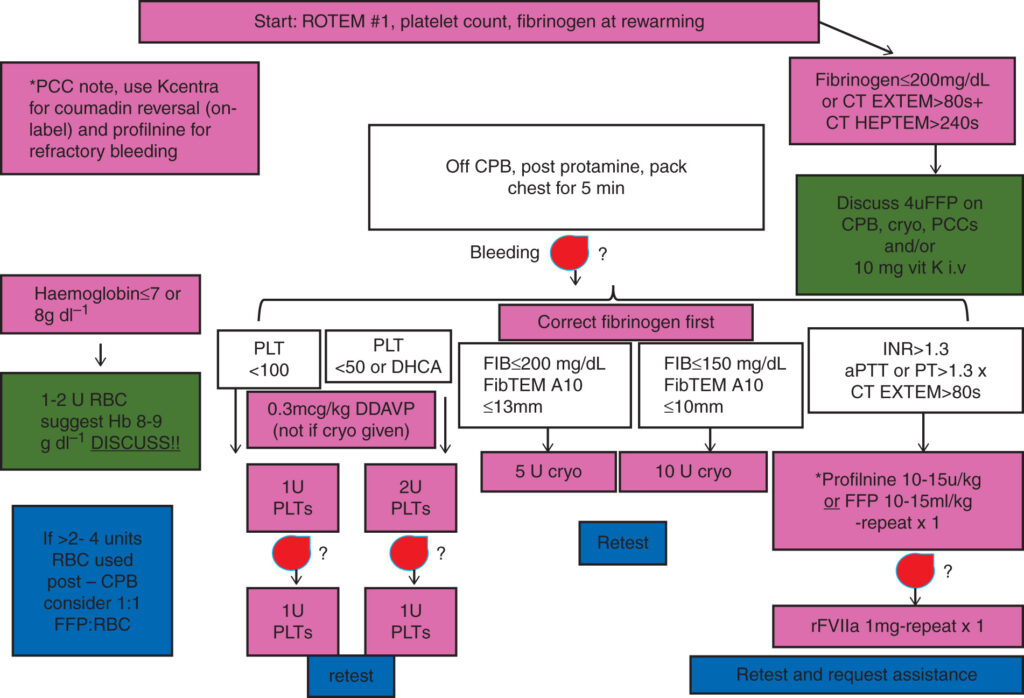Peri-operative hemorrhage remains one of the most challenging and potentially dangerous complications during and after surgery. Excessive bleeding can lead to a variety of adverse outcomes, including increased risk of infection, longer recovery times, and, in severe cases, mortality. Prevention strategies focus on minimizing blood loss, managing risk factors, and ensuring effective intervention if hemorrhage occurs. This article explores the best practices and protocols for preventing peri-operative hemorrhage, ensuring patient safety, and improving surgical outcomes.

Understanding Peri-Operative Hemorrhage
What is Peri-Operative Hemorrhage?
Peri-operative hemorrhage refers to significant bleeding that occurs during or immediately following a surgical procedure. It can be caused by several factors, including surgical trauma, underlying health conditions, and anticoagulation therapy. The primary concern with peri-operative hemorrhage is the impact on patient recovery, which can be prolonged due to the need for blood transfusions and other interventions.
Risk Factors for Peri-Operative Hemorrhage
Several factors contribute to an increased risk of bleeding during surgery. These include:
- Pre-existing medical conditions: Disorders such as hemophilia, liver disease, or renal impairment can impair the body’s ability to clot and manage bleeding effectively.
- Medications: Anticoagulants like warfarin, aspirin, or direct oral anticoagulants can increase the risk of bleeding. The use of antiplatelet therapy can also elevate the risk.
- Surgical type and complexity: High-risk surgeries, particularly those involving large blood vessels or organs with rich blood supply, carry a higher risk of significant bleeding.
- Age and gender: Older adults may have compromised vascular integrity and reduced physiological response to bleeding. Additionally, patients with lower hematocrit levels, typically women, may face heightened risks.
By understanding these risk factors, medical teams can take proactive steps to minimize hemorrhage risk.
Strategies for Preventing Peri-Operative Hemorrhage
1. Pre-Operative Assessment and Optimization
Identifying Risk Factors
A thorough pre-operative assessment is essential in identifying patients at higher risk for peri-operative hemorrhage. This includes a detailed medical history, physical examination, and relevant laboratory tests. Common tests include:
- Complete blood count (CBC): To assess hemoglobin and platelet levels.
- Coagulation studies: Such as prothrombin time (PT) and international normalized ratio (INR) to evaluate clotting function.
- Liver function tests: To identify any underlying liver disease that may affect clotting.
Optimizing Coagulation Status
For patients who are on anticoagulant or antiplatelet medications, careful management is required. Depending on the type of surgery, it may be necessary to:
- Temporarily discontinue anticoagulants: For certain surgeries, stopping medications like warfarin or direct oral anticoagulants prior to the procedure may reduce bleeding risks. Bridging therapy with heparin may be required in some cases.
- Administer clotting factors: In patients with known clotting disorders, prophylactic clotting factor replacement before surgery may be needed to minimize bleeding.
2. Intra-Operative Strategies for Hemostasis
Surgical Techniques
Effective surgical techniques play a pivotal role in minimizing blood loss. These include:
- Minimizing tissue trauma: Using precision tools and techniques to minimize the disruption of tissues can significantly reduce bleeding. Surgeons should aim to avoid unnecessary vessel damage.
- Use of hemostatic agents: Various hemostatic agents, such as absorbable hemostatic powders or gels, can help control bleeding by promoting clot formation and sealing small vessels.
- Electrocautery: The use of electrical devices to cauterize blood vessels during surgery can reduce blood loss by sealing bleeding vessels.
Blood Loss Monitoring
During surgery, continuous monitoring of blood loss is crucial. In cases of high-risk surgeries, blood loss should be measured accurately to determine if transfusion or other interventions are necessary.
Intraoperative Hemodynamic Management
Maintaining optimal blood pressure and volume is essential for minimizing bleeding. Hypotension can lead to inadequate perfusion and exacerbate bleeding. Blood volume should be carefully managed through fluid resuscitation to maintain hemodynamic stability.
3. Post-Operative Monitoring and Interventions
Vigilant Post-Surgical Care
Even after surgery, continued monitoring for signs of hemorrhage is vital. Surgeons should be vigilant for signs such as:
- Hemodynamic instability: This includes low blood pressure or rapid heart rate, which may indicate internal bleeding.
- Drain output: Monitoring the output from surgical drains can help identify ongoing blood loss.
- Anemia: Decreased hemoglobin levels post-operatively may indicate the need for further intervention, such as transfusion or surgical revision.
Transfusion Protocols
In cases of significant blood loss, blood transfusions may be necessary. The decision to transfuse should be based on several factors, including hemoglobin levels, patient stability, and the surgical procedure’s complexity.
4. Advanced Interventions for Severe Hemorrhage
Embolization Techniques
In cases of severe, uncontrolled bleeding, interventional radiology techniques such as embolization may be employed. This involves using catheters to deliver embolic agents to stop bleeding from specific blood vessels, offering a non-surgical option for managing hemorrhage.
Surgical Re-exploration
If a patient continues to bleed post-operatively despite conservative measures, surgical re-exploration may be required to identify and control the source of hemorrhage. This procedure typically involves opening the surgical site to assess the source of blood loss and take necessary corrective measures.
Post-Surgical Recovery and Blood Conservation
Blood Conservation Strategies
Several strategies can help minimize the need for blood transfusions after surgery:
- Erythropoietin therapy: Administering erythropoietin prior to surgery can stimulate red blood cell production and reduce the need for transfusions.
- Autologous blood donation: For elective surgeries, patients may be encouraged to donate their own blood for use during or after surgery, reducing the risk of transfusion reactions and shortages.
Long-Term Monitoring
Post-operative care does not end with discharge. Long-term monitoring for any signs of delayed hemorrhage or anemia is essential. Patients should be scheduled for follow-up appointments to assess recovery and ensure that no further interventions are needed.
Preventing peri-operative hemorrhage is an essential aspect of surgical care that requires a combination of pre-operative assessments, intra-operative techniques, and post-operative monitoring. By identifying at-risk patients, optimizing coagulation status, and employing advanced surgical techniques, medical teams can significantly reduce the risk of bleeding and improve patient outcomes. Continuous vigilance, prompt intervention, and appropriate blood conservation strategies are key to managing hemorrhage and ensuring a successful surgical recovery.